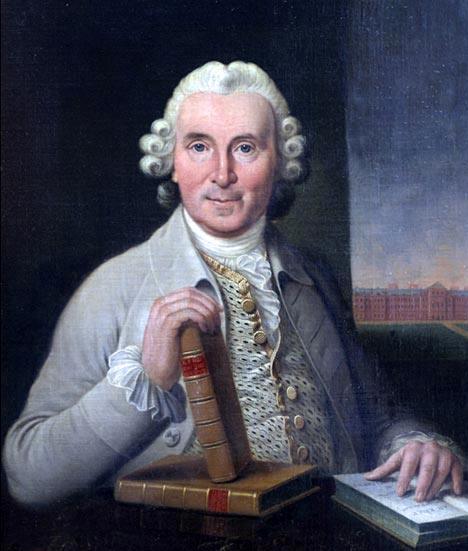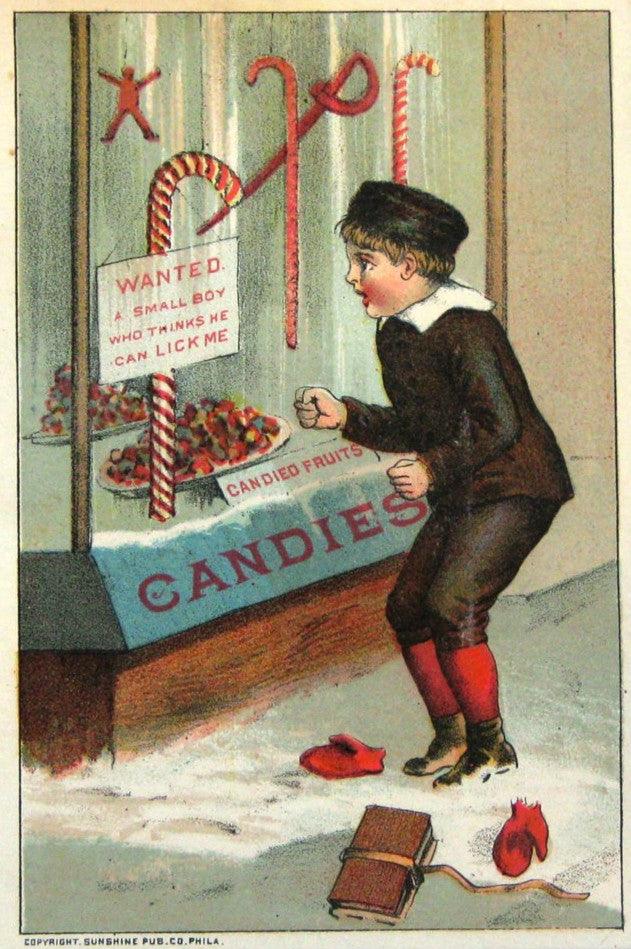Simplifying Regency Style
In her 1983 book, Period Design & Furnishing, Judith and Martin Miller present a wonderful overview of historical furniture design along with stunning photographs of both extant homes as well as contemporary recreations. This book is fascinating, not only to the Janeite hoping to better understand the nuances of fashion during the eras Jane lived through (Georgian, Regency, Empire and Biedermeier) but also to the author seeking to set her stage, the miniature artist attempting to capture a moment in time and the home decorator feathering her nest in a style reminiscent of days gone by.

The Miller's book, Period Design & Furnishing. Quoting from the chapter, Regency, Empire and Biedermeier, we find a lovely description of Regency taste and how it differentiated from the preceding Georgian Era: "Life in the English Regency period, which in its broadest sense stretched from the late 1790s until the late 1830s, was more intimate and informal than previously. Rooms, often with a bay window, were smaller and had lower ceilings, and the arrangement of furniture was much more casual. Instead of being ranged around the room, pieces were grouped close to the fireplace. Family and friends would gather around a circular table to talk or play cards. Interiors were better lit than before: the new, efficient oil lamps enabled several people to share a table fore reading or writing.
Regency rooms were on the whole light and graceful with fairly plain walls in a clear pale color. There would be a narrow frieze, and the ceiling was usually plain or decorated with a small central garland with a chandelier hanging from it. Fabric was used in abundance-- swathed and draped over valances and sometimes festooned between the legs of chairs. Regency taste had turned away from the late Adam style and the spindly elegance of Hepplewhite furniture. A new late Neo-classical manner was in vogue. This placed the emphasis on a much stricter Classicism of form and shape rather than on mere ornament-- as had been the case with Adam. Late Neo-classicism had much in common with the French Empire style which had existed alongside it. The major influences were the civilizations of Ancient Greece and Egypt. Furniture based on ancient models was rather heavy and solid-looking-- although the typical Regency chair with saber legs, based on the klismos depicted on many Greek vases, is very graceful. As in France, the rage was for Egyptian motifs, inspired by Napoleon's Egyptian campaigns. This influence was manifest in table supports in the shape of winged lions, monopods and sphinxes and in motifs such as palmattes, lion-masks and paws, scarabs, obelisks and even crocodiles. Two non-Classical styles--chinoiserie [from the French for "Chinese-esque"] and Gothick-- were to a lesser extent enjoying a popular revival at this time.
Walls The large plain surfaces were frequently painted a single color and might then be decorated with a discreet repeat pattern, either stenciled or painted freehand. Very much a feature of the Regency is the faux finish-- a painted surface imitating marble, wood grain, bronze or porphyry. This might be used on furniture as well as woodwork, mantelpieces and the like. Textiles walls might have fabric stretched over them-- silk damask, lustring (glazed taffeta), tabournet (half-silk in a plain color) or wool. Rooms sometimes had fabric draped from the ceiling like a tent.
Windows An abundance of drapery--sometimes elaborately looped and swagged and heavy with fringes--decorated the tops of the windows, usually over embroidered sub-curtains. Where several windows were grouped together along one wall, one continuous drapery would be festooned along the top. After 1819 fabrics were lighter, and designs more fanciful--many of them printed. Flowered chintz was popular.
Floors The same types of flooring were used as in the Georgian period. Carpet was even more fashionable than before: popular patterns included hexagons and florals. Brussels weave, characterized by the use of looped instead of cut pile was an innovation.
Furniture Although mahogany was still popular, it is rosewood that typifies the Regency. Other woods used for veneers were maple and the more exotic zebra wood. Ormolu [gold plate] decoration was replaced by inlay and galleries in brass. The sofa table, in front of a sofa, was intended to hold books, tea things, sewing and so on. Like the Pembroke table, it had flaps, but it was larger and the flaps were on the short ends instead of the long sides. Sheraton quartetto tables, in nests, came into fashion, as did combined work and game tables. Round pedestal tables (loo tables) were popular. Sideboards with flanking pedestals topped by urns, in the style introduced by Adam, were seen, but more common was the bow-fronted type developed by Sheraton. The Chiffonier, which could be used instead of a sideboard, was new. It was a pedestal cupboard with a shelf or shelves behind a pair of doors; these might be of solid wood or they might have center panels fill with brass wire backed by pleated silk.

The Miller's book, Period Design & Furnishing. Quoting from the chapter, Regency, Empire and Biedermeier, we find a lovely description of Regency taste and how it differentiated from the preceding Georgian Era: "Life in the English Regency period, which in its broadest sense stretched from the late 1790s until the late 1830s, was more intimate and informal than previously. Rooms, often with a bay window, were smaller and had lower ceilings, and the arrangement of furniture was much more casual. Instead of being ranged around the room, pieces were grouped close to the fireplace. Family and friends would gather around a circular table to talk or play cards. Interiors were better lit than before: the new, efficient oil lamps enabled several people to share a table fore reading or writing.

Regency rooms were on the whole light and graceful with fairly plain walls in a clear pale color. There would be a narrow frieze, and the ceiling was usually plain or decorated with a small central garland with a chandelier hanging from it. Fabric was used in abundance-- swathed and draped over valances and sometimes festooned between the legs of chairs. Regency taste had turned away from the late Adam style and the spindly elegance of Hepplewhite furniture. A new late Neo-classical manner was in vogue. This placed the emphasis on a much stricter Classicism of form and shape rather than on mere ornament-- as had been the case with Adam. Late Neo-classicism had much in common with the French Empire style which had existed alongside it. The major influences were the civilizations of Ancient Greece and Egypt. Furniture based on ancient models was rather heavy and solid-looking-- although the typical Regency chair with saber legs, based on the klismos depicted on many Greek vases, is very graceful. As in France, the rage was for Egyptian motifs, inspired by Napoleon's Egyptian campaigns. This influence was manifest in table supports in the shape of winged lions, monopods and sphinxes and in motifs such as palmattes, lion-masks and paws, scarabs, obelisks and even crocodiles. Two non-Classical styles--chinoiserie [from the French for "Chinese-esque"] and Gothick-- were to a lesser extent enjoying a popular revival at this time.

Walls The large plain surfaces were frequently painted a single color and might then be decorated with a discreet repeat pattern, either stenciled or painted freehand. Very much a feature of the Regency is the faux finish-- a painted surface imitating marble, wood grain, bronze or porphyry. This might be used on furniture as well as woodwork, mantelpieces and the like. Textiles walls might have fabric stretched over them-- silk damask, lustring (glazed taffeta), tabournet (half-silk in a plain color) or wool. Rooms sometimes had fabric draped from the ceiling like a tent.

Windows An abundance of drapery--sometimes elaborately looped and swagged and heavy with fringes--decorated the tops of the windows, usually over embroidered sub-curtains. Where several windows were grouped together along one wall, one continuous drapery would be festooned along the top. After 1819 fabrics were lighter, and designs more fanciful--many of them printed. Flowered chintz was popular.
Floors The same types of flooring were used as in the Georgian period. Carpet was even more fashionable than before: popular patterns included hexagons and florals. Brussels weave, characterized by the use of looped instead of cut pile was an innovation.

Furniture Although mahogany was still popular, it is rosewood that typifies the Regency. Other woods used for veneers were maple and the more exotic zebra wood. Ormolu [gold plate] decoration was replaced by inlay and galleries in brass. The sofa table, in front of a sofa, was intended to hold books, tea things, sewing and so on. Like the Pembroke table, it had flaps, but it was larger and the flaps were on the short ends instead of the long sides. Sheraton quartetto tables, in nests, came into fashion, as did combined work and game tables. Round pedestal tables (loo tables) were popular. Sideboards with flanking pedestals topped by urns, in the style introduced by Adam, were seen, but more common was the bow-fronted type developed by Sheraton. The Chiffonier, which could be used instead of a sideboard, was new. It was a pedestal cupboard with a shelf or shelves behind a pair of doors; these might be of solid wood or they might have center panels fill with brass wire backed by pleated silk.

On chairs with two or more backrails the top one was sometimes carved to resemble rope. Such "Trafalgar" chairs are said to have been a compliment to Admiral Nelson. A more informal lifestyle resulted in more comfortably upholstered chairs. Rooms, except for dining rooms, were arranged for conversation in groups.
Lighting Wax Candles continued to be widely used, and torchiers were very fashionable. The new designs of oil lamp had a significant affect on daily life.
Accessories Plant stands reflected the fashion for enjoying flowering plants indoors. Over the fire place, a large oblong mirror was preferred to a picture. Another popular style was the round mirror surmounted by an eagle.
- Period Design and Furnishing: A Sourcebook for Home Restoration and Decoration
- Hardcover: Out of print (available from third party sellers starting at £3.21)
- Publisher: Crown Pub (Jun. 1989)
- Language: English
- ISBN-10: 0517571560
- ISBN-13: 978-0517571569


